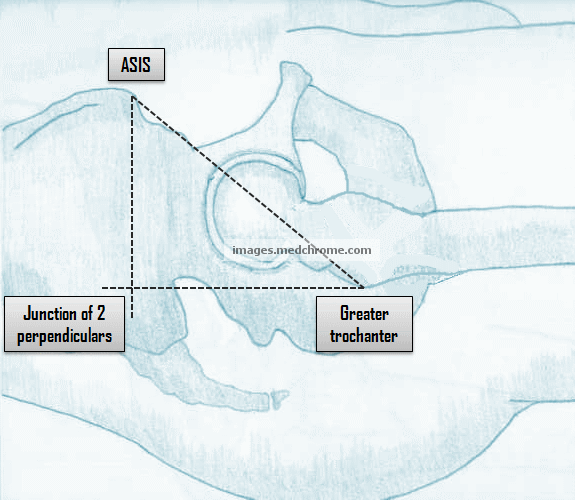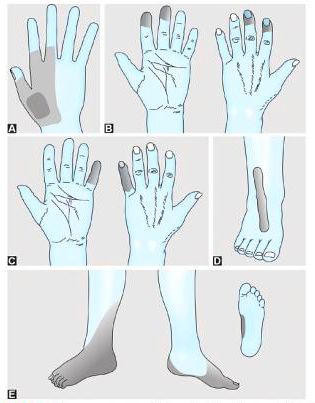Milkmaid’s Grip
Milk maids grip is appreciated as an alternating squeezing and releasing of the finger like a milking motion, when asked to maintain a constant, firm grip of examiner’s fingers. This may reflect a combination of Chorea and Motor impersistence.1
As a result of poor grip, patients often involuntarily drop objects.
Characteristics of Choreiform movements
- Irregular, quasipurposive, non-rhythmical and involuntary hyperkinetic movements
- Usually affects distal muscles
- Aggravated by attention, excitement or stress
- Decreased in rest and disappear during sleep
- When mild, it may be mistaken for restlessness or fidgetiness
Other Examples of Motor Impersistence
Chorea doesn’t usually interfere with voluntary movements until it is severe. Rather than disrupting a voluntary task, it appears as if fragments of movements intrude; in some cases there is loss of motor tone, known as “motor impersistence”, which appears due to lapses in the ability to perform desired action.2
It is most commonly seen with lesions affecting the right hemisphere, especially central and frontal mesial regions. It is most often observed following vascular events but may also be seen in Alzheimer’s disease, frontal lobe dementia, and metabolic encephalopathies.3
1. Inability to maintain eye closure
2. ‘Jack in the box’ tongue:
- Other names: Flycatcher’s tongue, Lizard’s tongue, Chamaleon tongue, Snake tongue, Adder tongue, Trombonist’s tongue, Harlequin’s tongue
- Patient is unable to maintain tongue in protruded state and the tongue moves in and out.
Other hand signs in Sydenham’s or Rheumatic Chorea
1. Pronator sign: The patient is asked to hold outstretched hands above his head, the choretic patient tends to pronate his forearms.
2. Handwriting: Deterioration of handwriting; prognosis can be assessed by noting the improvement in the handwriting.
3. Choreic hands: Wrist is flexed and metacarpal joints are overextended.4
Common Causes of Chorea
1. Most common form of childhood chorea: Sydenham’s chorea (A major criteria for Rheumatic fever)
- Delayed manifestation of Rheumatic fever
- May be the only manifestation of Rheumatic fever
- More common in females
- Age of onset is commonly 5-15 years (average 8-9 years)
- Self-limiting in weeks to months (often in 8-9 months) but in 50% cases it can persist upto 2 years and even recur. 5
- Characterized by chorea, hypotonia and emotional lability.
2. Most common form of adulthood chorea: Huntington’s chorea and Drug-induced chorea
Pathophysiology of Chorea
Site of lesion: Striatum (Putamen/Caudate nucleus)
For details about neurophysiology and neuropathology of basal ganglia, read here.
Aid for Diagnosis of Etiology of Chorea
1. Huntington’s disease: Assess mental status (early dementia)
2. Wilson’s disease: Kayser-Fleischer ring, Stigmata of chronic liver disease, and akinetic-rigid syndrome
3. Systemic Lupus Erythematosus (SLE): Butterfly skin rash, purpura and arthropathy
4. Polycythemia Rubra Vera: Facial plethora and splenomegaly
5. Thyrotoxicosis: Tremor, tachycardia, lidlag and goitre (may be present)
6. Drugs: Take a complete drug history6



